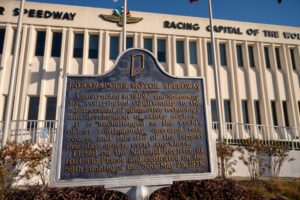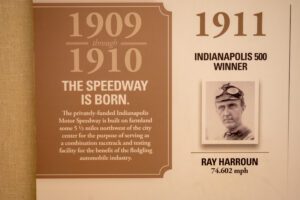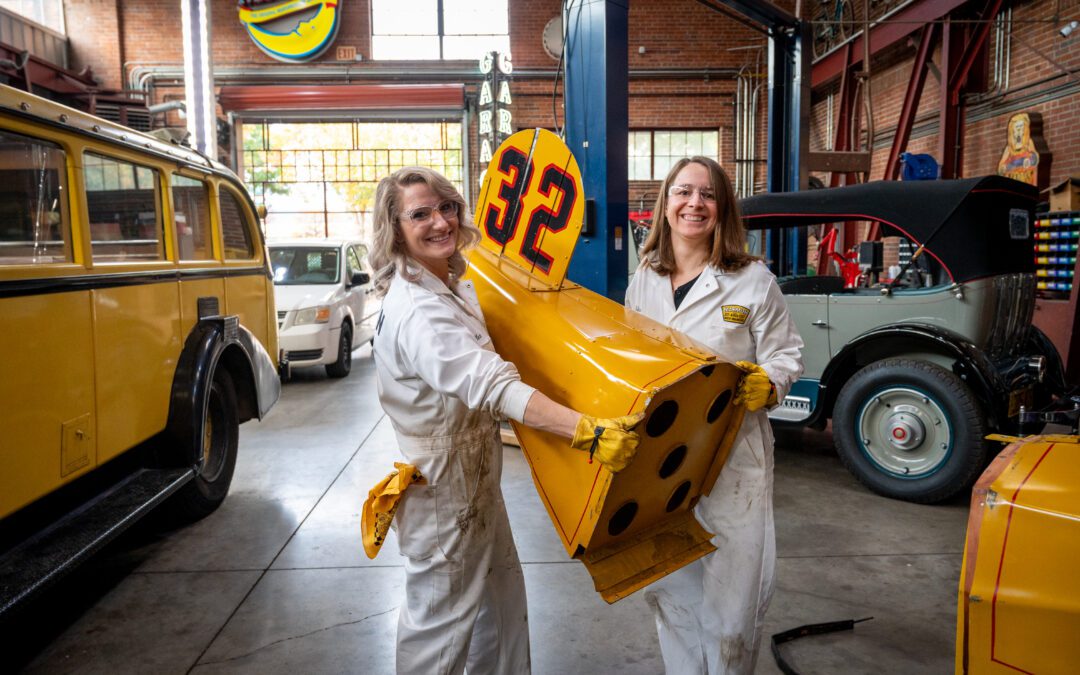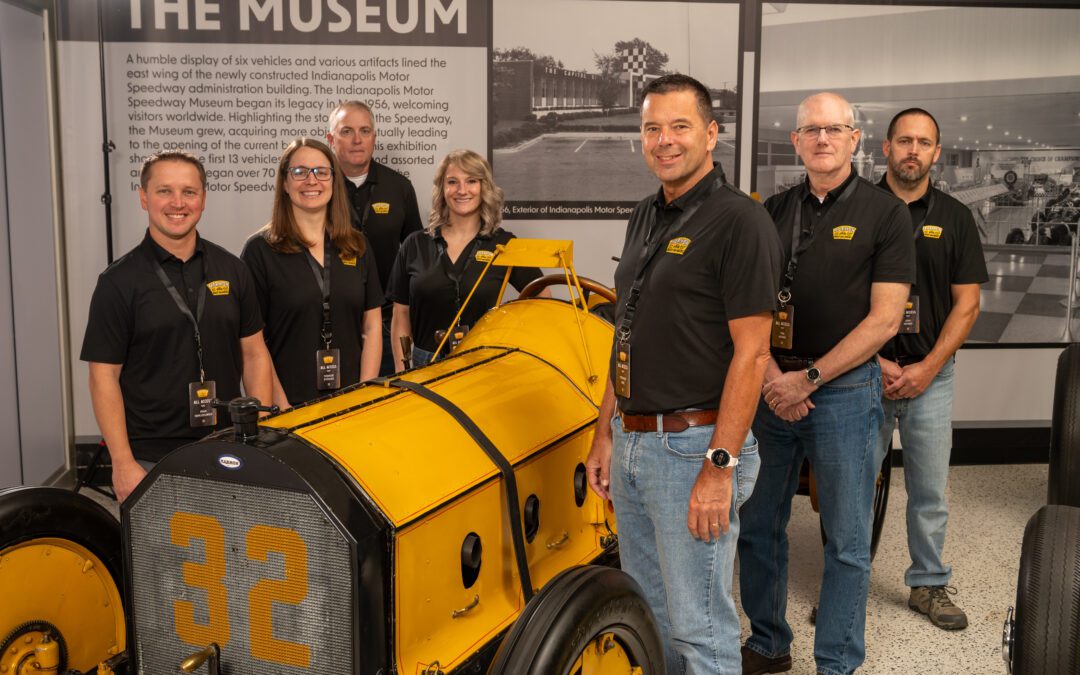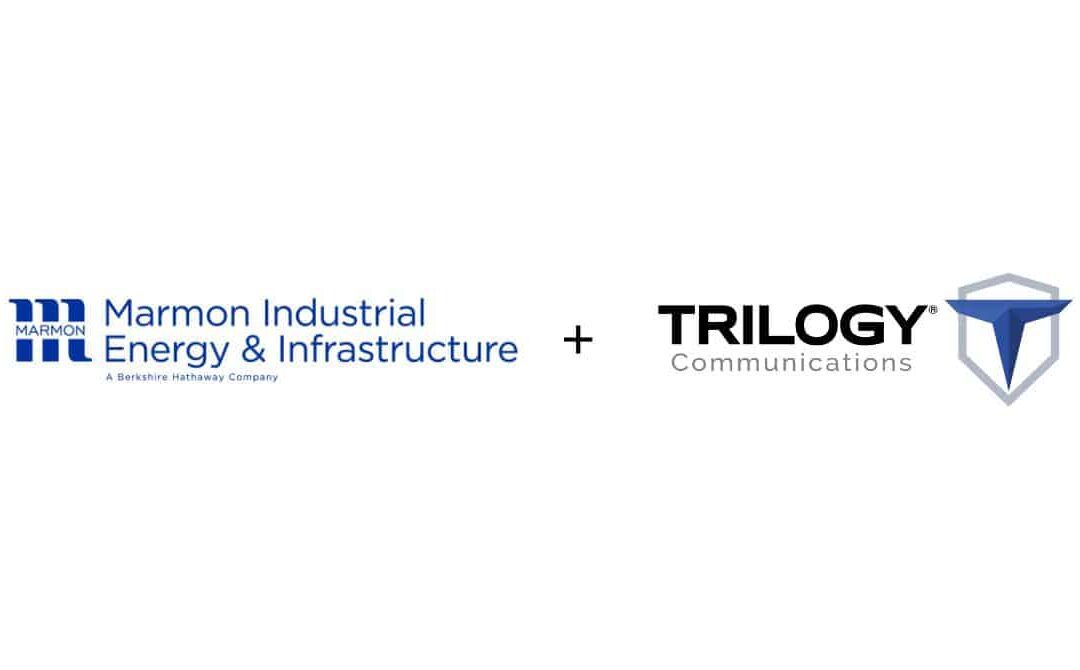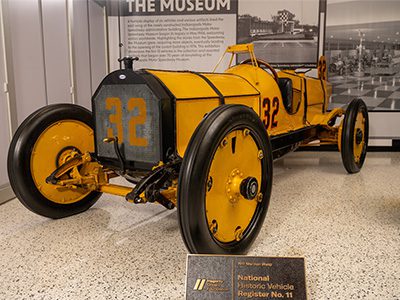
The Indianapolis Motor Speedway is a shrine for racing fans around the world, and with good reason. It’s the site of the annual Indianapolis 500, the largest single-day sporting event on the planet. It’s also an important place for Marmon and our heritage of innovation, engineering excellence, and winning ways.
The link is the Marmon Wasp, the winning car in the first Indy 500 race in 1911. The Wasp was designed and built by the Marmon Motor Car Company (1902-1933), whose passenger cars exemplified superb craftsmanship and elegance during the formative age of American automobiles.
While the Marmon Motor Car Company did not survive the Great Depression, the Marmon business name continued with a new company called Marmon-Herrington. After brothers Bob and Jay Pritzker acquired Marmon-Herrington in the early 1960s, they chose the Marmon name for their growing group of companies.
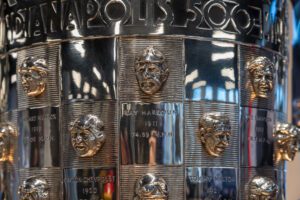
The likeness of Ray Harroun adorns the Borg-Warner Trophy recognizing the winning drivers of the annual Indy 500.
Today, the Indianapolis Motor Speedway Museum is home to the original Marmon Wasp and other treasures including the Borg-Warner Trophy, which features the likenesses of each winning driver, starting with Marmon’s own Ray Harroun. Like many early racecar drivers, Harroun was primarily an automotive engineer who doubled as a driver to test the limits of the cars he helped design.
Also on display is a plaque embedded in the racetrack in 1961 by none other than Harroun himself to commemorate the 50th anniversary of Marmon’s historic victory. He also drove the Wasp on a lap around the track that year. You could say he took the Wasp for a spin down memory lane.
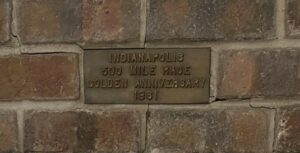
Marmon engineer and driver Ray Harroun laid this commemorative plaque on the Indy 500 racetrack in 1961. It was later moved to the Indianapolis Motor Speedway Museum.
The museum recently closed for a major renovation. Upon reopening in 2025, we look forward to seeing how the museum depicts the Wasp’s inspiring story.
While the Wasp’s name was derived from its yellow and black color scheme and pointed, stinger-like tail, its place in racing history came from the bold strategy devised by Harroun and the Marmon team.
Racing cars of the day were all two-seaters, with room for a passenger who would watch for approaching cars. Defying convention, Marmon built the Wasp as a single-seater, thus saving the weight of a second person while creating a more streamlined body. To allay safety concerns among competitors, Harroun improvised a rear-view mirror, believed to be the first one installed on an automobile.
Key to the outcome was Marmon’s approach to tire life. In the early days of auto racing, blown tires were common and the related downtime was significant. The Marmon team determined that if the Wasp’s average speed did not exceed 75 miles per hour – five mph slower than its maximum safe speed – the tire life could be doubled. On race day, the Wasp required only four tire changes. By contrast, the second-place car needed 14 tires changed. The Wasp’s winning average speed was 74.6 miles per hour, exactly as planned.
Marmon’s data-driven, highly disciplined approach worked – combining innovation, differentiation, and an intense focus on what mattered most to win. More than a century later, we are applying that same winning formula across Marmon Holdings. For both Marmon and the Indianapolis Motor Speedway, the engine of progress is firing on all cylinders.
